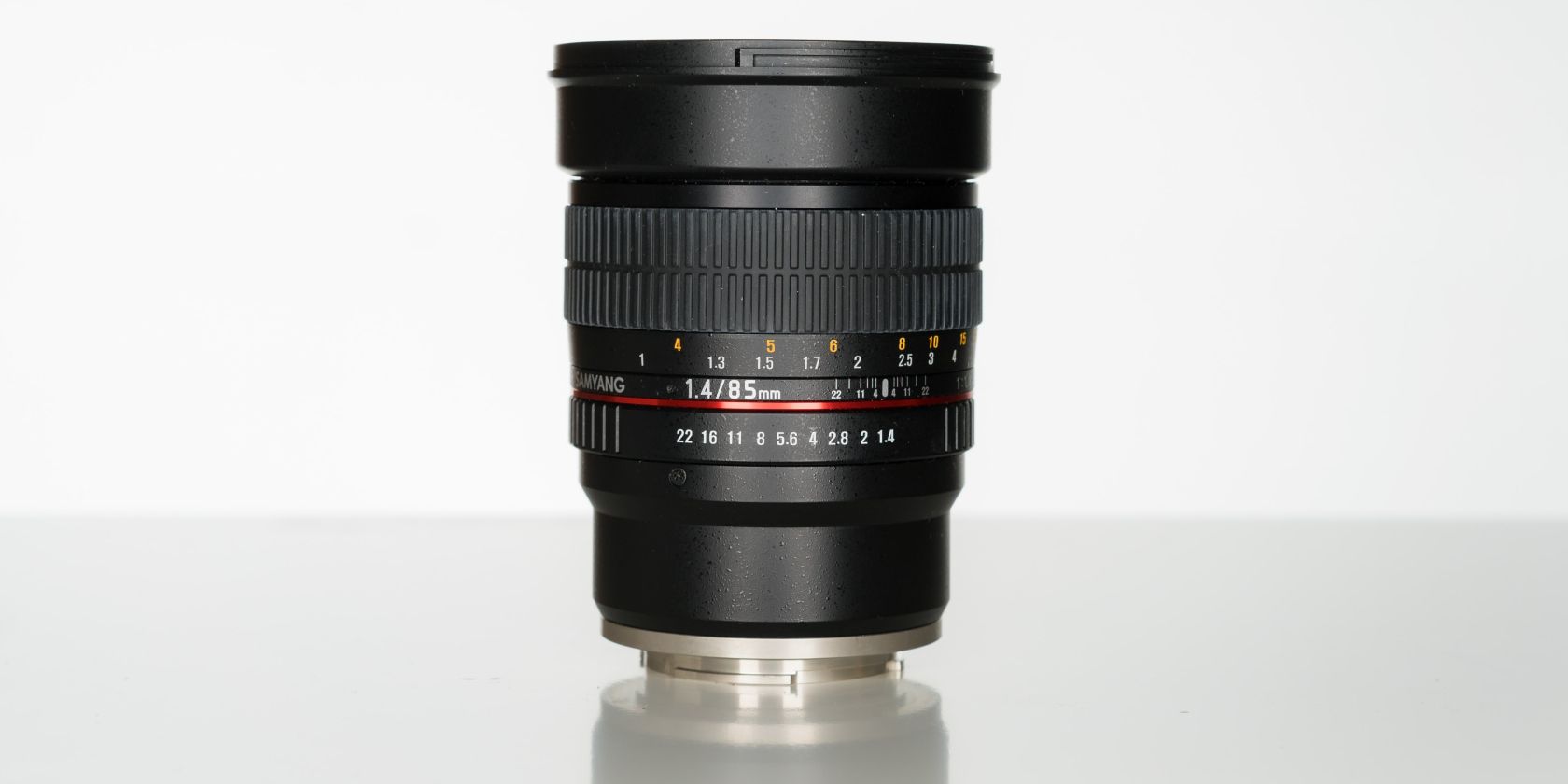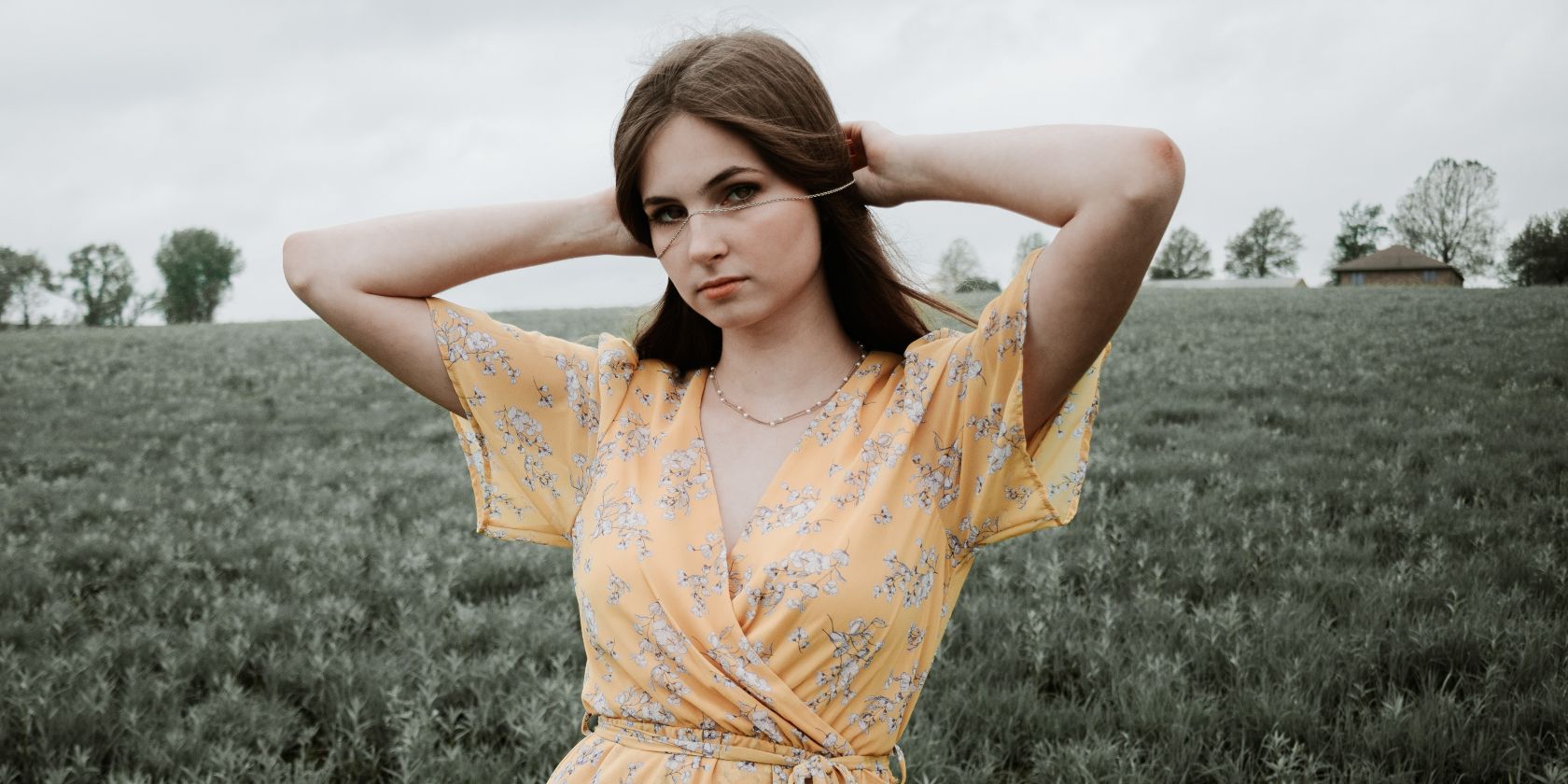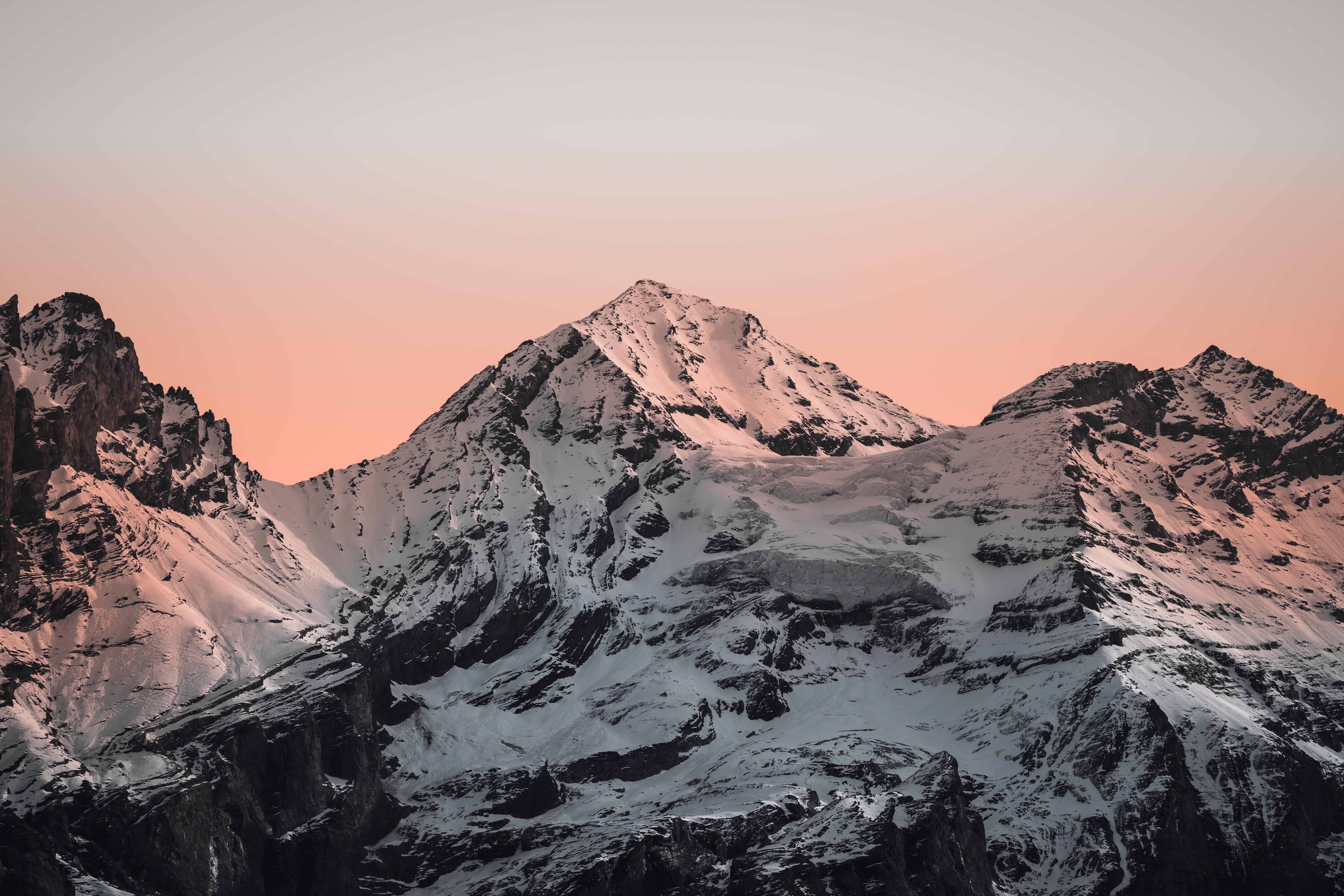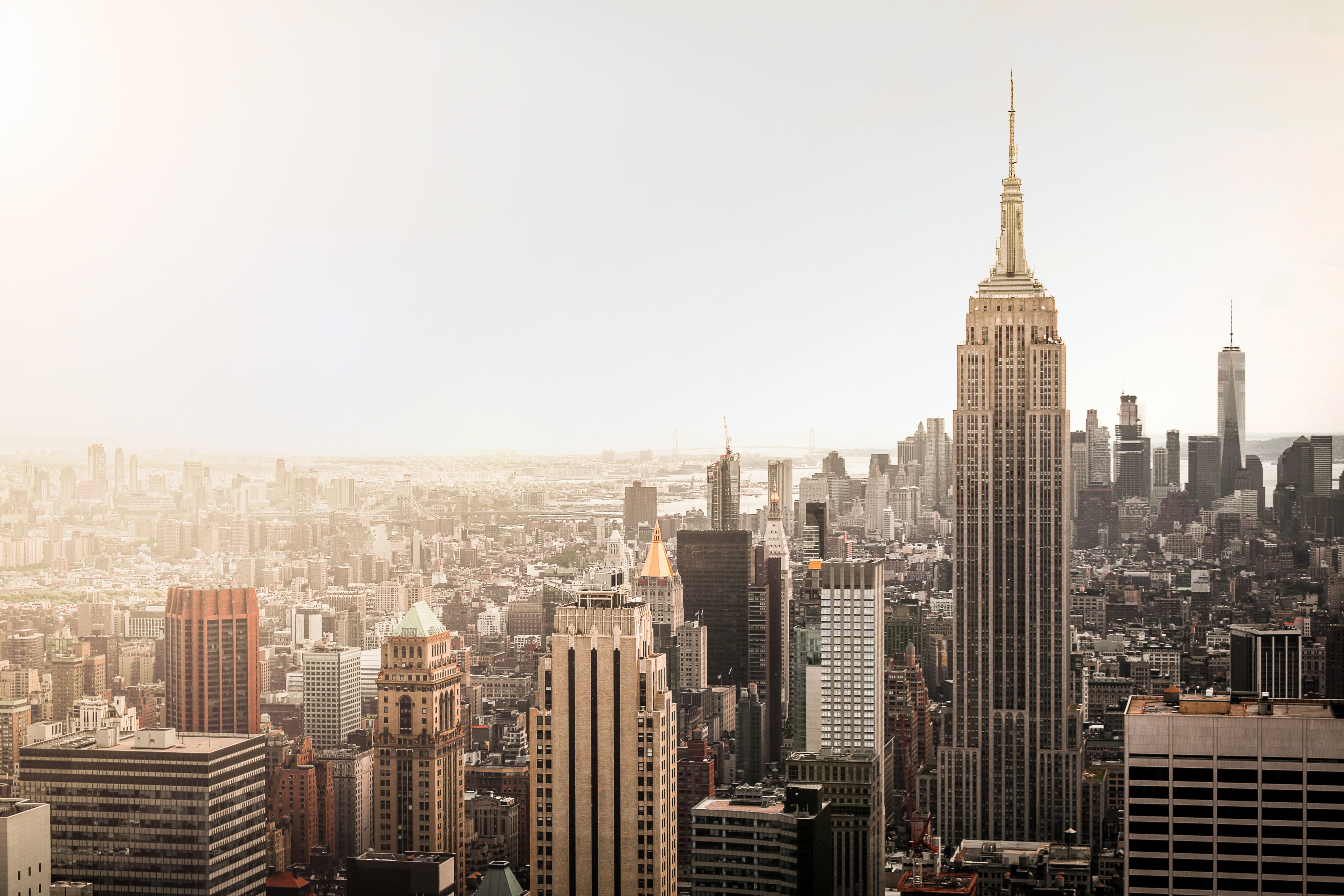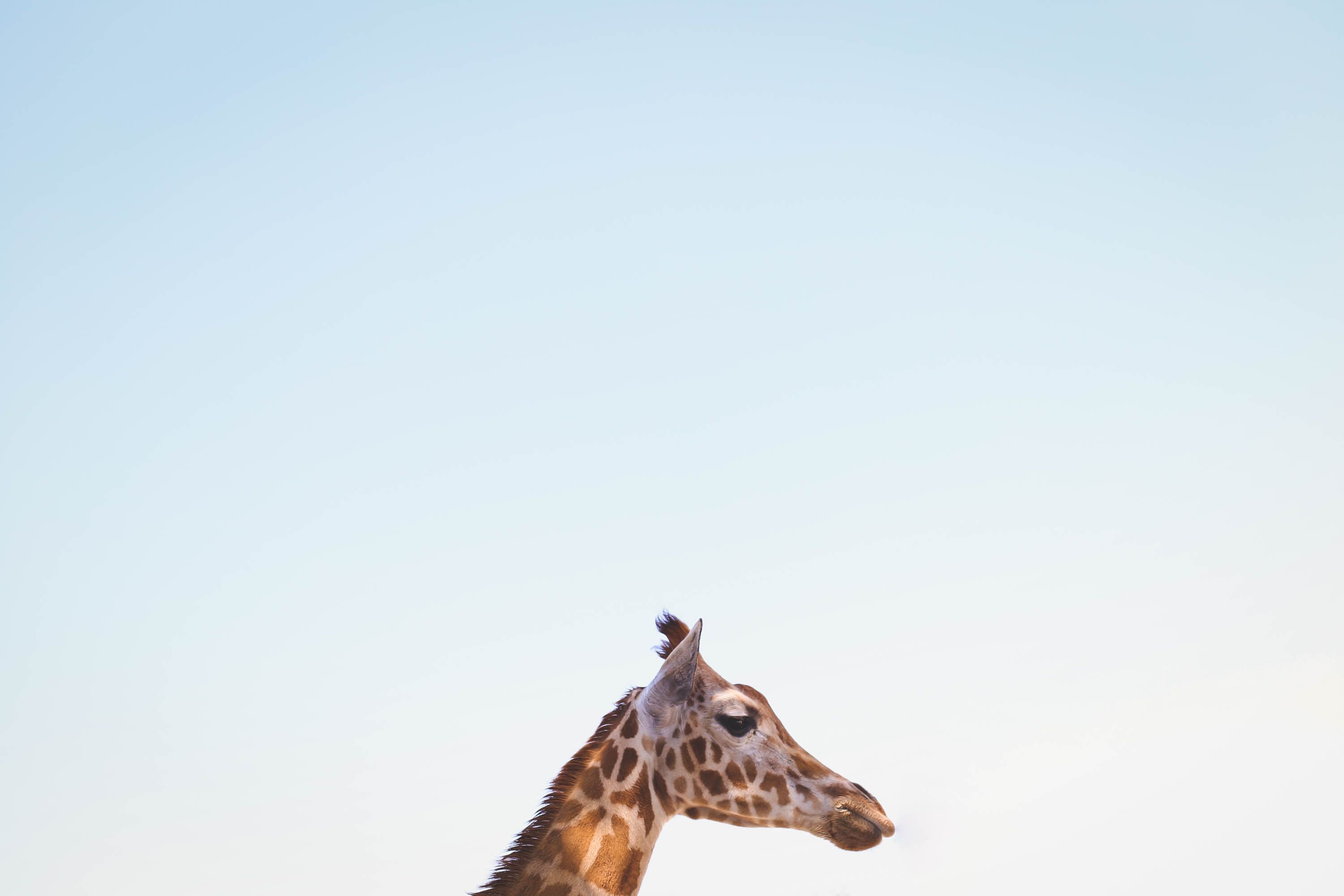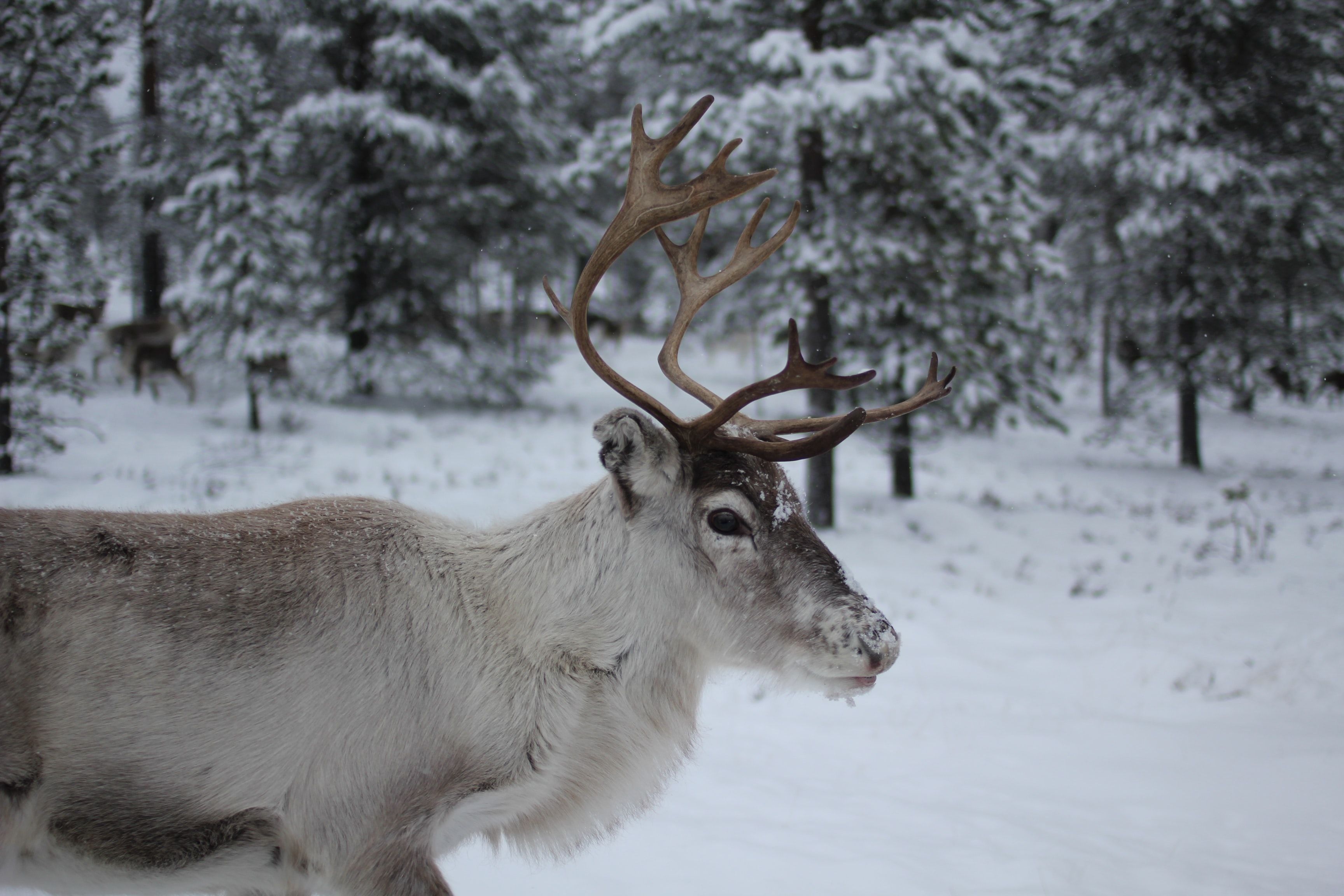Many photographers have an 85mm lens in their kit, and for good reason. The lens is more versatile than you think, and many laud it for capturing sharp images and isolating subjects.
Knowing what your lens is suitable for will help you make the most of it, and you’re in the right place if that’s what you’re trying to figure out. This article will identify seven types of photography where you can capture great shots with an 85mm lens.
1. Portrait Photography
Many photographers buy the 85mm lens because they’re interested in portrait photography. You don’t need to dig too deep to figure out why; it’s fantastic for bringing your subject to the forefront. An 85mm lens is also an excellent way to bring out the emotion in the people you photograph, and it has plenty of other benefits.
“Bokeh” is one primary reason portrait photographers use an 85mm lens. By widening your aperture, you can blur the background and create several exciting effects. Moreover, you can get creative and leave the aperture narrow enough that the viewer can still see what’s going on behind your subject.
You can use an 85mm portrait for headshots, but it’s equally useful for full-body images.
2. Street Photography
Yes, that’s right—you can use an 85mm lens for street photography. You may find that doing so is somewhat unconventional, but that’s not necessarily a bad thing. If you use your lens correctly, you can get some impressive results that will make your work stand out.
If you’re shy, you might worry that doing street photography will disturb other people. You can use an 85mm to capture the shots you want from a distance, meaning that you’re less likely to attract unwanted attention.
Street photography with an 85mm lens can also help you capture the story of your hometown and add life to your photos. It brings the viewer closer to what’s going on, and you can also use the lens for capturing portraits of people that live in the same place as you.
Using an 85mm lens for street photography requires a little more planning than shooting with a wider angle. You’ll have less room to maneuver with cropping, and you will need to think harder about the story you want to tell.
3. Landscape Photography
Getting some fresh air is one of the most enjoyable activities that anyone can do. Why not take your 85mm lens and capture the beauty of your surroundings while enjoying the great outdoors?
Landscape photography is more complicated than it looks, but mastering the genre is a rewarding experience. Capturing what’s in front of you is a little more straightforward if you use a lens that’s 50mm or wider, so using the 85mm will be an interesting challenge.
Isolating your subjects is a good idea when capturing landscape shots with an 85mm lens. For example, you can choose a mountain or tree and focus your story around that. And if you’re feeling really creative, consider taking your tripod and taking photos of yourself isolated in the wilderness.
4. Cityscape Photography
Many beginner photographers start their journey by taking pictures of cityscapes. But you don’t need to drop this genre just because you’ve progressed from beginner to intermediate. Gaining more experience as a photographer puts you in an enviable position where you can create more unique works of art, and your toolkit will benefit from having an 85mm lens.
You can get incredibly creative with an 85mm lens if you use it to capture cityscapes. If you’ve found a terrific vantage point that’s too far away with a wider-angle lens, the 85mm will help you get what you want in your frame. Moreover, you won’t need to crop and potentially sacrifice the quality of your picture.
An 85mm lens can also help you get closer to specific buildings and capture something more interesting than a head-on shot. You can bring out textures, shapes, lights, and so much more.
5. Minimalist Photography
The minimalism movement has become popular worldwide, and many photographers have used it as inspiration for their pictures. Negative space utilizes minimalism in a sense, and this practice is powerful for creating more unique content.
Why would you use an 85mm lens for minimalist photography? Simple: you can remove all the unnecessary objects surrounding you. Using an 85mm lens for minimalist photography will allow you to focus on a solitary subject. It’s an excellent tool for drawing people’s eyes to your image’s primary focal point, and you won’t need to worry about removing unwanted items in post-production.
6. Wildlife Photography
Wildlife photography is one of the trickiest genres to master. To do it well, you’ll want to put enough distance between you and the creature you capture; otherwise, you risk scaring it off. And in some cases, you could put your life at risk by getting too close.
An 85mm lens is excellent for creating distance between you and the wildlife you wish to photograph. You can use it to capture the animal’s face, as well as to create more depth in your photo by getting the surroundings in too. In some situations, you might need a longer lens than the 85mm, but it’s a good starting point.
7. Sports Photography
You can get away with using a wider-angle lens for sports photography if you plan to capture the matchday experience from a fan’s perspective. But unless you’ve got front-row seats, getting the shots you want without a longer lens will be difficult.
An 85mm lens is excellent for isolating your subjects and capturing important moments, such as goal celebrations. Moreover, you can capture emotions on the athlete’s face—such as triumph, pain, and relief. Again, you might need a wider focal length than the 85mm in some instances. But it’s not the worst option for sports like basketball and soccer.
Your 85mm Lens Is More Versatile Than You Think
Many photographers view the 85mm lens as a great choice for portrait shots but aren’t aware of its uses elsewhere. While it is seen as a specialist option, the 85mm lens is more versatile than you think. It can provide superb results in multiple photography genres, and using one will help you unlock your creativity in ways that you never thought were possible.

